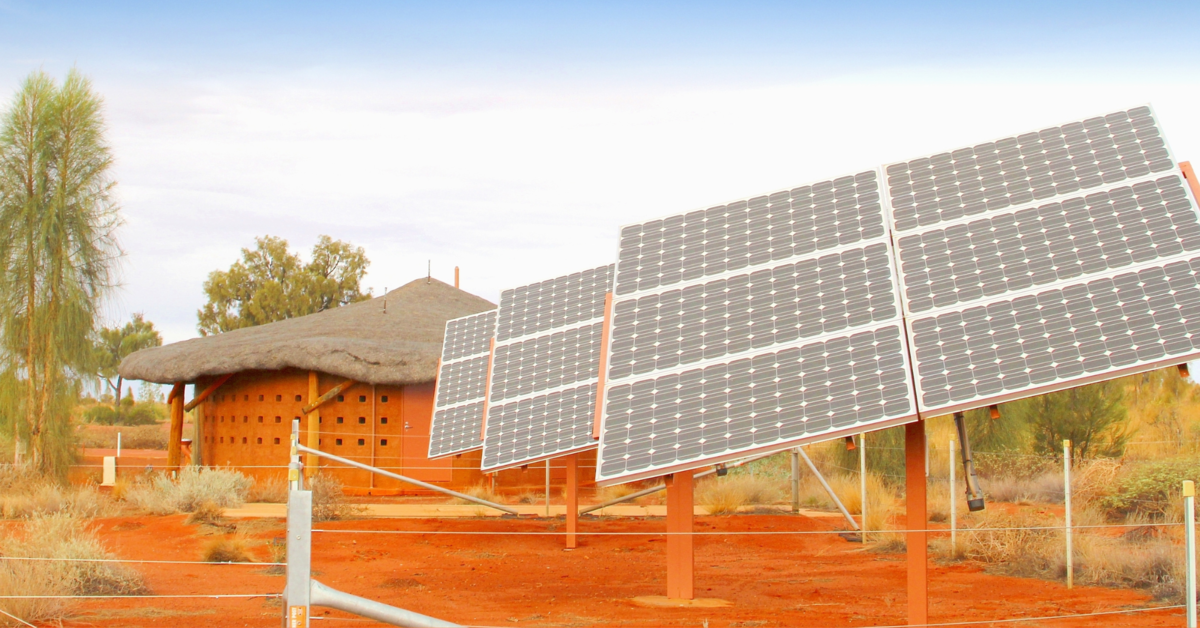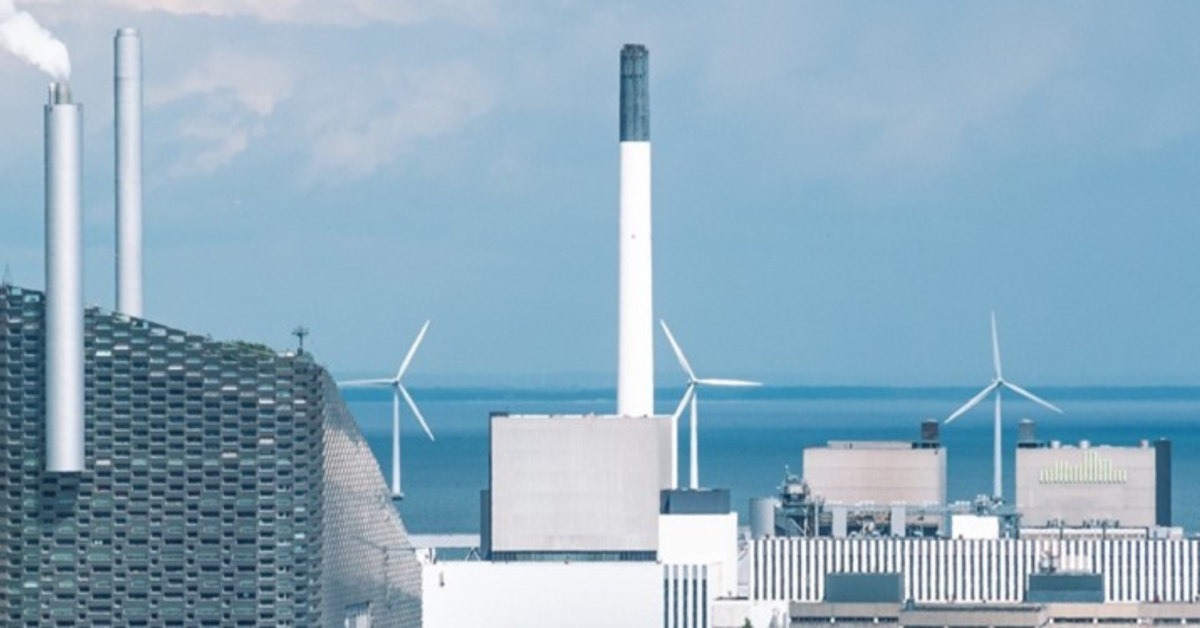At a Glance
The latest IPCC report relates that temperatures have already increased by 1.1°C. Overshooting—at least temporarily—the Paris Agreement targets of keeping temperature increases below 2°C and attempting at 1.5°C above pre-industrial levels is increasingly likely.
In considering a +4°C scenario, the French Government is the latest to publicly recognize that it needs to step up planning efforts, as the impact of non-action now could slash GDP by up to 13% by 2050.
Most economic sectors will be affected, from agriculture to tourism to infrastructure, and business will therefore have to plan now for resilience in a +4°C world.
With incidence of climate related catastrophes expected to balloon, re-inventing the re-insurance/insurance sector will be critical.
France is preparing an adaptation plan for 4°C warming by 2100
The Paris Agreement, of which France is custodian, is based on hypotheses of temperature increases of 1.5°C or 2°C compared with pre-industrial times. While the French Government remains strongly committed to achieving the objectives of the agreement, it now considers overshooting the 1.5°C or 2°C targets a serious possibility.
On 4th May 2023, France's National Council for Ecological Transition (CNTE) called for “awareness of the reality of climate change”—retaining the hypothesis of a global average +3°C temperature increase—which in mainland France could reach +4°C by 2100. The French Government now takes into account two reference scenarios—increases of 2°C and 4°C—as it prepares to issue its third National Climate Change Adaptation Plan (PNACC-3) by the end of the year, following extensive public consultations throughout the summer. PNACC-3 will cover health, the economy, agriculture, infrastructure and essential services resilience, as well as natural habitat protection.
The Minister for Ecological Transition, Christophe Béchu, said:
“The real news is that we are now leaving a state of permanent denial—pretending that everybody will respect the Paris Agreement—to listening to what experts, climate specialists, the UN, the IPCC say and therefore to imagine that two trajectories are possible.”
Predictive scenarios are not optimistic
Indeed, the French Government considers the most pessimistic International Panel on Climate Change (IPCC) scenario of a 3°C temperature increase by 2100 to be the most realistic one. According to the IPCC’s latest report in March 2023 temperature has already risen by 1.1°C. And most scenarios suggest that, despite commitments to the Paris Agreement’s target, warming will hit the 1.5°C mark by the mid-2030s.
With this warming, widespread and rapid changes in the atmosphere, ocean, cryosphere, and biosphere will accelerate, devastating entire ecosystems and changing the world as we know it. Research published by Nature in May 2023 highlights that human activities have already pushed earth system boundaries beyond their “safe and just limit.” As global warming steadily increases, experts expect regional climate changes to become more pronounced and more frequent.
What will it cost
The economic and social consequences are vast. It will lead most industries to rethink their business models and how to adapt to rapidly rising temperatures. Government officials estimate that at +4°C under business-as-usual scenarios, GDP could fall by as much as 13%. The most severely hit sectors are likely to be agriculture followed by tourism—only 1/3 of Alpine skiing resorts would be able to operate—and infrastructure, with the climate impact on the French road network alone generating losses of EUR22bn by 2050. The insurance/re-insurance sector will be particularly affected, with the multiplication of events that hitherto were considered rare natural catastrophes. A separate study on the impact on the insurance sector will be commissioned by the Government.
The Minister further highlighted that “If we do not act, we will merely take note of damage and public finances will not be used to adapt—but to repair the consequences. It is worth remembering that the cost of drought alone [in 2022] was EUR2.5bn.”
The need for stepping up adaptation planning now is also stressed in the IPCC’s Synthesis Report of the Sixth Assessment Report (IPCC-AR6):
“Despite progress, adaptation gaps exist, and will continue to grow at current rates of implementation. Hard and soft limits to adaptation have been reached in some ecosystems and regions…Delayed adaptation action would lock-in high emissions infrastructure, raise risks of stranded assets and cost-escalation, reduce feasibility, and increase loss and damage.”
The study in Nature May 2023 also highlights “how the protection of the planet is inseparable from the success of communities, societies and economies,” emphasizing that the longer we wait to take mitigating actions, the higher the cost will be. According to the IPCC-AR6 report, developing countries alone will need USD127 bn per year by 2030 and USD295 bn per year by 2050 to adapt to climate change.
What is still possible to avoid further tipping points
Some climate impacts are already so severe that they can no longer be adapted to. With strong mitigation action and a trajectory to meet net zero emissions by 2050, however, temperatures could fall again after peaking around 2025. With deep emissions cuts they could drop rapidly, declining 43% by 2030 and 60% by 2035 relative to 2019.
Defeatism or pragmatism
This is not the first time a government publicly envisages that it will not be aligned with the Paris Agreement. Austria, Denmark and Quebec have already done so. The underlying question in the choice of these scenarios: does adaptation to the worst lead to reduced ambition to mitigate emissions. According to Minister Béchu, “To prepare for [4°C] does not mean to wish for this to happen […] but with warming being global, there are things that do not depend on us.”
The implications of the +4°C scenario will be painful. It will require government and businesses in France (and elsewhere) to step up a “culture of adaptation,” including by:
- Developing building standards that take into account heat-induced soil movements as well as heat stressed energy performance.
- Adapting urban planning, particularly in areas that might be subject to water level increases while also avoiding the emergence of inner-city heat islands.
- Enhancing the drought resistance of crops and generally improving water efficiency.
- Preparing for more frequent extreme weather events while improving the resilience of transport, power, and water networks.
- Re-inventing insurance and re-insurance as the sector expects exceptional asset losses—particularly due to the frequency of floods.
- Preventing vector-based diseases such as dengue, as incidence will increase.



